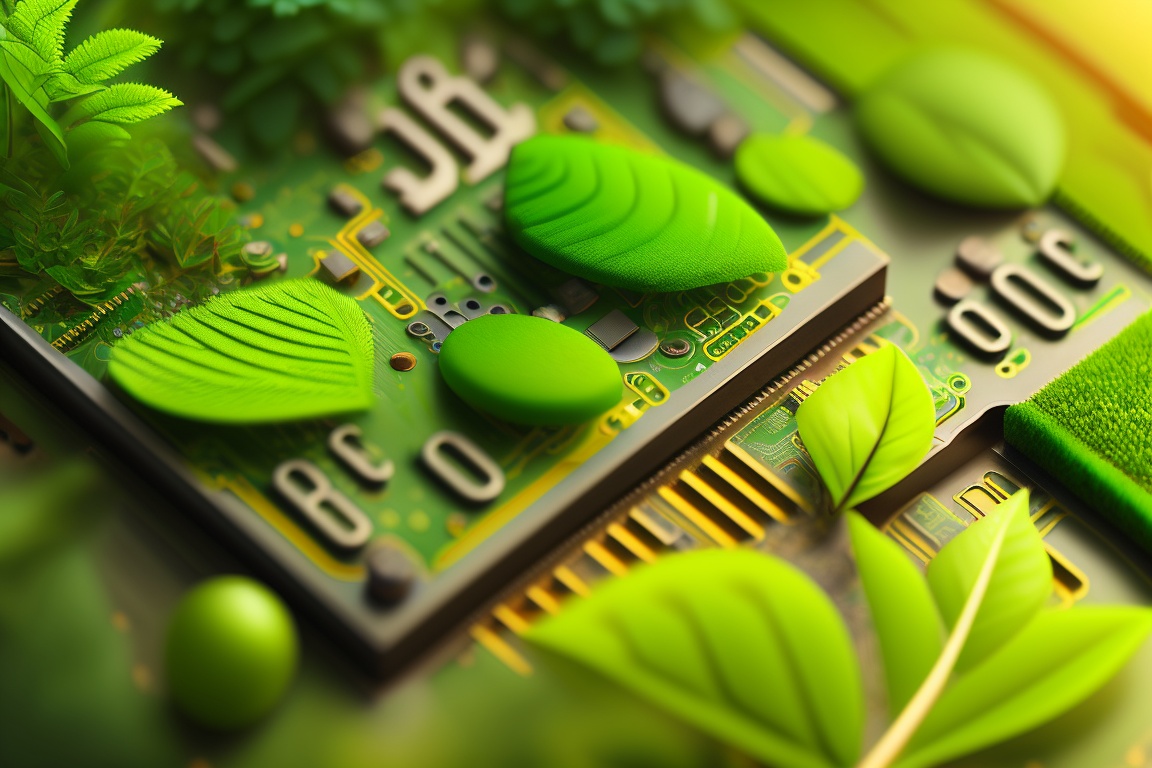Sustainable PCB design with the digital twin

Podcast #1 in our new series with I-Connect007: Sustainability in Electronics Manufacturing
Sustainability is becoming increasingly crucial in the manufacturing industry, with companies seeking ways to reduce their carbon footprint and waste generation. One area where there is a growing demand for sustainability is in the design and manufacturing of PCBs. Many approaches have been taken to address this issue, including the use of green materials and making PCBs recyclable. These approaches typically focus on the manufacturing aspects; but PCB designers can also shoulder some of the responsibility for more sustainable PCB manufacturing.
In our recent podcast with I-Connect007, we explore a unique approach to sustainability using digital twin technology in PCB design. Patrick Hope, a product marketing specialist for Valor NPI, and Pat McGoff, a Market Development Manager for Valor NPI, discuss how digital twin technology in PCB design can help reduce waste and achieve sustainability goals.
Siemens and sustainability
Patrick Hope begins by discussing Siemens’ sustainability initiative, which seeks to help organizations reach their sustainability objectives by leveraging digital twin technology. The idea of a digital twin involves simulating the manufacturing process without building the product physically, thus reducing waste and reducing the impact on the environment.
Patrick highlights how Siemens is uniquely positioned to provide a manufacturing-driven design solution that allows designers to leverage industry knowledge upon their digital models. He also mentions some surprising examples of the use of digital twins, such as coral reef simulation and marine diesel outboard engine design.
How DFM for PCBs can empower designers to make more sustainable choices
Pat McGoff discusses how DFM for PCBs has evolved to be included in the PCB design process, because it allows design companies visibility of the manufactured product and manufacturing processes. This helps them make better decisions that will affect manufacturing, also taking into account environmental considerations.
Just as Google Maps can provide users with the fastest or most fuel-efficient route, DFM in PCB design can help reduce material usage, waste, and carbon footprint. PCB designers can reduce revision spins by using DFM, which can cut the number of PCBs used for revision spins by up to a third. That means also cutting by a third the energy, material, and transportation involved in manufacturing.
Listen to the podcast
Patrick Hope and Pat McGoff provide insights into how digital twin technology can be used in PCB design to achieve sustainability goals. We recommend listening to the podcast to learn more about how PCB design can have a significant effect on sustainability in PCB manufacturing.
Next podcasts in the series
Listen to the full series!